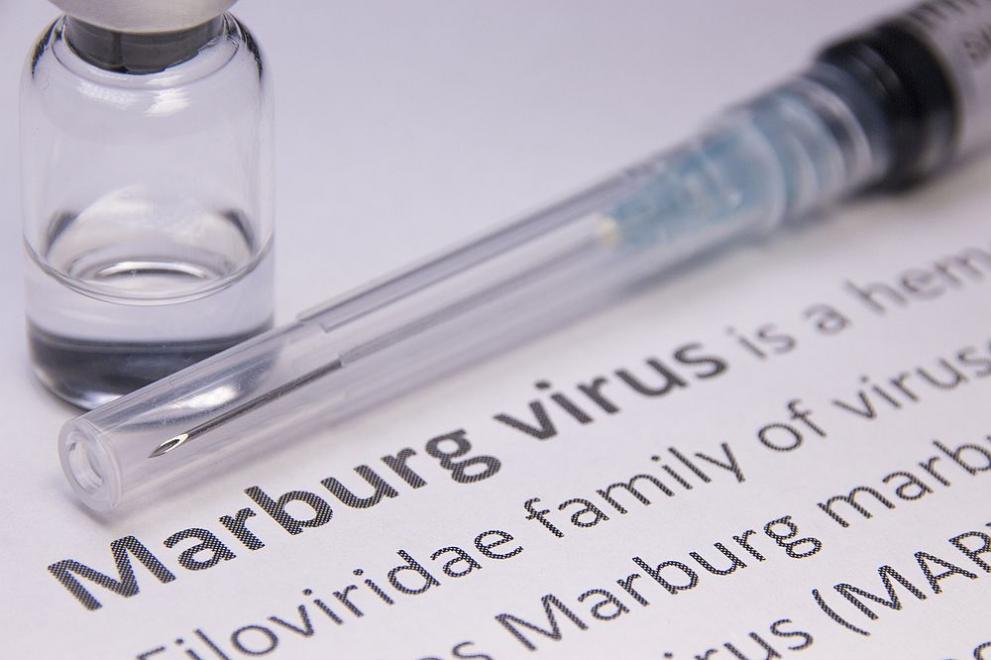In Guinea, infection with the highly contagious Marburg virus has been reported for the first time. It causes a deadly disease for which there is no vaccine or cure, writes Deutsche Welle.
According to the World Health Organization, this is the first case of Marburg hemorrhagic fever in West Africa. A highly contagious disease was found in a patient who has since died in southern Guinea. The first field studies were confirmed by the Pasteur Institute in the Senegalese capital, Dakar.
Authorities are looking for contacts of the deceased, but attempts to control the infection are hampered by a parallel fight against coronaviruses.
Matshidiso Moetti, director of the WHO Regional Office for Africa, said the Marburg virus disease could be “widespread.” Therefore, it must be stopped immediately. A group of WHO experts has already arrived to support national health authorities in taking emergency measures, as well as to protest the population. Guinea’s neighbors have been alerted and ready to respond, and border controls have been tightened so that possible cases can be identified quickly.
The Marburg virus belongs to the same family of viruses as the causative agent of Ebola, which led to the epidemic in Guinea. The WHO announced this only two months ago.

Marburg fever is one of the hemorrhagic diseases, including yellow fever, dengue fever and Ebola. Like Ebola, the Marburg virus, which is transmitted by bats, causes fever and internal bleeding. It is considered highly contagious and is transmitted mainly by direct contact with body fluids of an infected person, as well as through surfaces. According to the WHO, the death rate is between 24 and 88 percent.
There is no vaccine against this disease or drugs for its treatment yet.
The virus was first discovered in the summer of 1967 in the laboratory of a pharmaceutical company in Marburg, whence its name. He came to Germany because of infected monkeys from Uganda.

